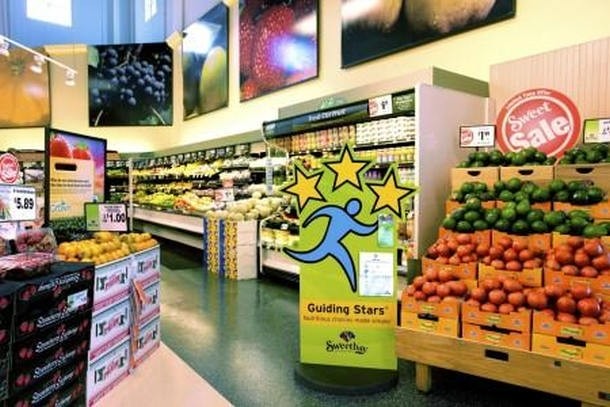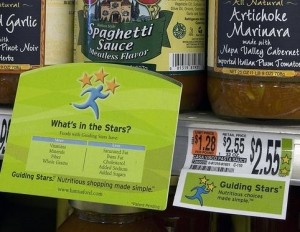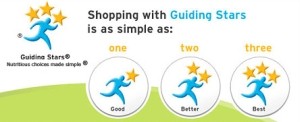Guiding Stars: How can consumers cut down on added sugar if it’s not listed on food labels?

Kitty Broihier MS, RD, LD is a member of the scientific advisory panel at Guiding Stars, which awards products 0-3 stars based on their nutrient density per 100 calories using a patented algorithm that factors in everything from whole grain content to trans fat.
She told FoodNavigator-USA that Guiding Stars supports FDA proposals to list added sugar on a revamped Nutrition Facts panel: “Listing added sugar on food labels just makes it easier for consumers to put into practice what scientific bodies such as the World Health Organization are telling them to do, which is to eat less of it.”
The added sugar proposal - which has generated more controversy than any of the FDA's other suggested changes to the Nutrition Facts panel - will be challenging to implement and enforce given that analytical tests can't distinguish between added and naturally occurring sugar, she acknowledged.
But that doesn't mean it shouldn't be attempted, she said: “I know it will present challenges for manufacturers but the goal of food labeling is to benefit the consumer.”
Shoppers are advised to reduce added sugars, so labeling them is logical
And while Guiding Stars agrees with food manufacturers that biochemically, sugar is sugar - whether it occurs naturally in foods such as fruits or is added to a product such as soda - it also agrees with the FDA that singling out the added variety could help consumers make dietary decisions to reduce their consumption, she added.
“At the moment, consumers have got to inspect the ingredient list for sweeteners to determine if a product contains added sugars and most consumers are not familiar with the myriad of sugar synonyms that are used in processed foods," said Broihier.
Consumers, for example, may not realize that ‘evaporated cane juice’ is an added sugar rather than a sugar found naturally in yogurt, such as lactose.
In the database at Guiding Stars, meanwhile, 46 caloric sweeteners have been identified on food labels to date, she observed. "And the list keeps growing."
Added sugar labeling will feed into Guiding Stars algorithm
On a practical level, she added, listing added sugars on labels would also help improve the accuracy of the Guiding Stars scheme.
“Not only will the proposed changes help consumers better understand the associated food and thus make more informed decisions, they will also more accurately inform nutrient profiling tools such as Guiding Stars which are based on this information and can provide an additional level of information to help the consumer,” said Broihier.
“Currently, our algorithm's handling of added sugars is triggered only if one of our sugar keywords is detected on the ingredient list. This is how we keep it to an evaluation of added sugars instead of those occurring naturally. This is not to be misunderstood, as some of those keywords are the same as the names for natural sugars (such as lactose and fructose). Again, Guiding Stars use info from the nutritional labels, so what is reported on the ingredient label and nutrition facts label is what goes into the algorithm.”
GMA membership split on added sugars labeling
However, many stakeholders are passionately against the added sugars proposal, arguing that it is unscientific, impractical and confusing.
And it's not a simple case of food manufacturers opposing it and consumer groups and nutrition professionals supporting it; the Grocery Manufacturers Association (GMA) recently noted that its membership is split over the proposal, while The American Society for Nutrition has come out against it.
According to the GMA: “By mandating the separate labeling of added sugars, most GMA members believe that FDA is strongly implying to consumers that added sugars are indeed distinct and different from (and less healthful than) inherent sugars, when they are not. Thus, added sugar labeling may convey false and misleading information to consumers.”
However, some members agree with the American Diabetes Association and the American Heart Association that listing added sugars will help consumers identify foods with more empty calories.
According to research unveiled by the Obesity Society this week, added sugar consumption among American adults rose from 228 calories per day in 1977 to 300 calories in 2009-2010. However, consumption appeared to peak in 2003/4 and has been steadily declining in the past decade.
Click HERE for a summary of the FDA proposals to revamp the Nutrition Facts label plus a round-up of the stakeholder comments.
Click HERE to read more about Guiding Stars - which has been adopted by Hannaford, Food Lion and several other retailers.







